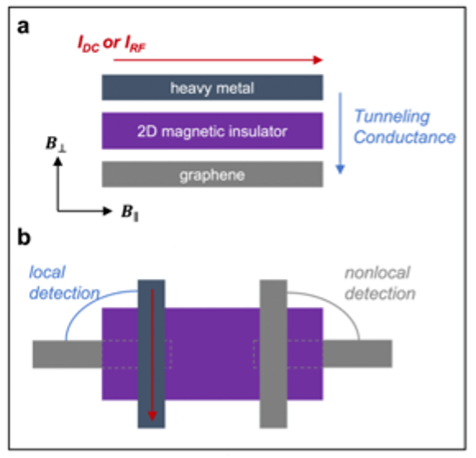Summary
Developing a new type of Fabry-Pérot cavity that allows improved control of the atoms’ emission into the cavity mode will result in enhancement of the efficiency and fidelity of quantum state transfer from photons to atoms and back. This in turn can be used to improve the performance of quantum networks and repeaters, as well as sensors based on atoms inside Fabry-Pérot cavities. In this project we design and fabricate Fabry-Pérot microcavities that trap only one polarization of light. A Fabry-Pérot cavity is an optical resonator formed by two parallel mirrors or reflective surfaces. When the frequency of light matches the spacing between the mirrors, photons can enter through the mirrors and become trapped inside the cavity, which can then be used to enhance their interactions with the medium between the mirrors. Alternatively, when an atom in an excited state is placed inside the cavity, the cavity will encourage the atom to emit light that matches the cavity, which is one of the phenomena on which laser is based. In our work, the microcavity consists of two metasurfaces that act as chiral polarization-selective (dichroic) mirrors and that tightly confine one type of circularly polarized optical field in the free space between them, while remaining transparent to light of the opposite circular polarization. We propose to realize free space Fabry-Pérot cavities by fabricating reflective and focusing metasurfaces on the tips of optical fibres. Finally, this project has the potential to improve the performance and scalability of quantum information platforms that rely on cavity quantum electrodynamics, and possibly trapped ions as well, by realizing optical cavities with smaller mode volumes, compact footprint, and chirality-enhanced light-atom coupling.
Related Content
Folk Understanding of Quantum Physics
Summary It is often said that quantum concepts are counterintuitive. However, quantum concepts may not be equally counterintuitive to people from all cultural backgrounds. As cultural psychologists have discovered, culture fundamentally shapes the way people make sense of the world. In particular, the last few decades of research have documented cultural differences in appreciation of […]
March 24, 2021

Enabling Next-Generation Sustainable Computing through Novel Multi-Valued-Logic Quantum Devices
As the demand for digital services grows, so does the need for data centres and transmission networks. Unfortunately, these data systems consume vast amounts of energy, resulting in nearly 1% of all energy-related greenhouse gas emissions. This project aims to invent novel quantum devices for highly energy-efficient computing that may help reduce the global digital […]
June 12, 2023

Coherent magnon generation, magnon condensation, and quantum spin liquids via spin pumping in 2D magnets
Summary Developing hybrid quantum systems is essential to harnessing the complementary advantages of different quantum technology platforms. This necessitates the successful transfer of quantum information between platforms, which can be achieved, e.g., by harnessing magnons, or spin wave excitations, in magnetic materials. Decoherence due to uncontrolled coupling of qubits to the environment remains a fundamental […]
February 1, 2023
Spin-transfer Torque Magnetic Random Access Memory for On-chip Spin Information Storage
Summary Leakage power in semiconductor memories, such as Dynamic Random Access Memory (DRAM) and Static Random Access Memory (SRAM), can be substantial and is one of the limits for scalability of classical electronics. This is attributed to the fact that the information stored is volatile, requiring constant refreshing, as well as reprogramming upon powering […]
August 6, 2018


